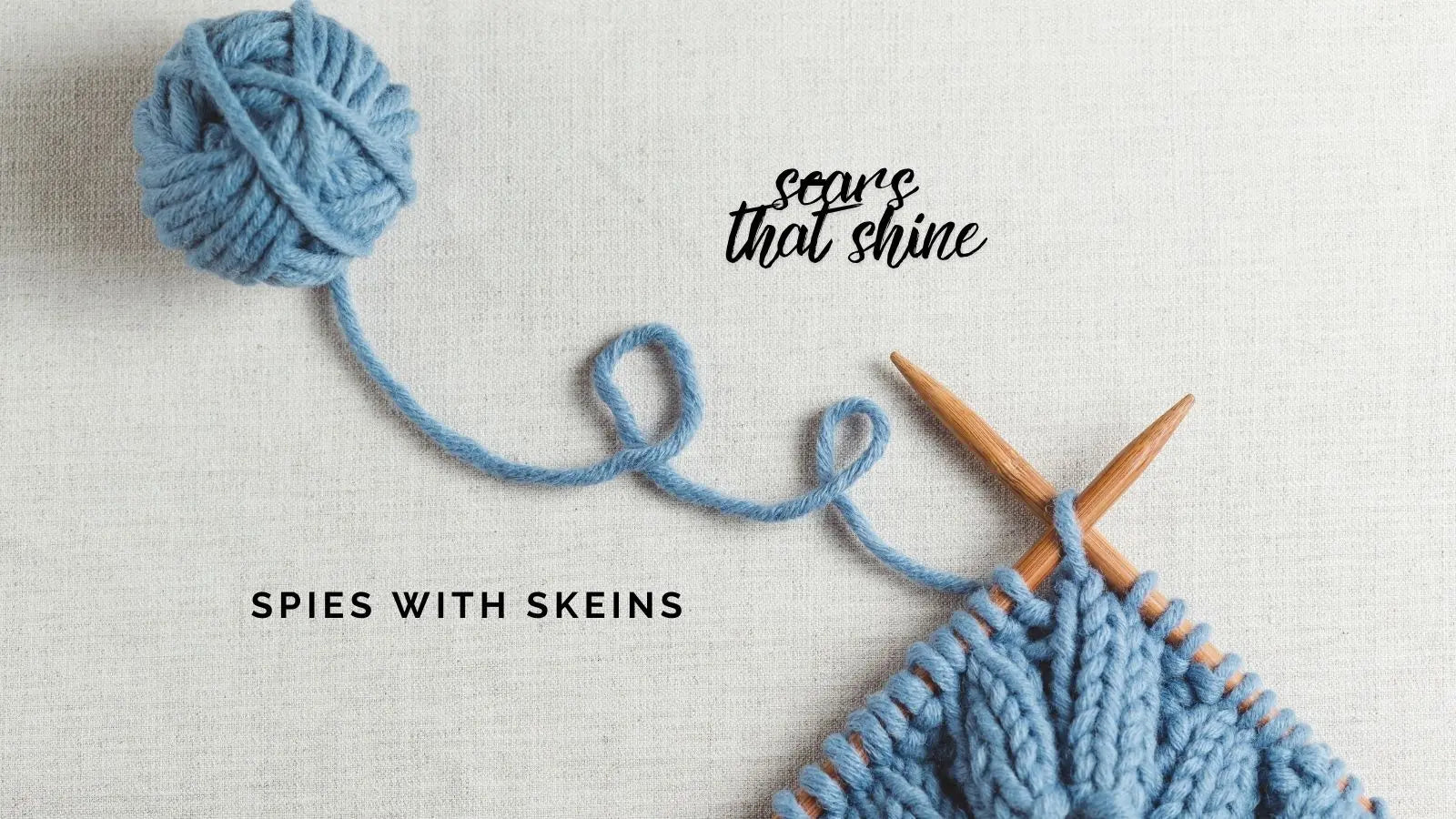
When we think of spies, images of trench coats, hidden cameras, and whispered secrets in the dark often come to mind. But sometimes espionage looks a little different—like a cozy chair, a warm cup of tea, and a woman knitting by the fire.
Believe it or not, knitting has played a surprising role in wartime intelligence, especially during World War I and World War II. Armed with yarn, needles, and a sharp mind, women across Europe and America used this humble domestic craft to carry secrets that could turn the tides of war.
The Code in the Stitches
During both World Wars, women were often seen knitting for the troops—socks, scarves, gloves, and other items for comfort and survival. But hidden in the mundane rhythm of purl and knit were messages, patterns, and codes.
Here’s how it worked:
Morse Code with Stitches: Some women would encode messages using knit and purl stitches to represent dots and dashes. A whole sock could contain crucial information if read by someone who understood the key.
Dropped or Altered Stitches: A deliberate dropped stitch in a particular place could indicate a number or a signal. This would seem like an innocent mistake to the average onlooker, but to those in the know, it was anything but.
Colour and Pattern Signals: Certain stitch patterns or colored yarn sequences could represent letters, military movements, or maps. The "wrong" color stripe on a scarf? It might not be a fashion faux pas—it could be a warning of an enemy position.
Women Who Wove the Web of Resistance
Phyllis Latour Doyle
A WWII spy for the British Special Operations Executive (SOE), Phyllis parachuted into Nazi-occupied France. Though she didn’t knit messages herself, she encoded them using knitting patterns and lacework designs as cover for her spy transmissions. She worked as a hairdresser and passed along crucial intel—all while seeming like just another woman with a hobby.
Belgian and Dutch Resistance Knitters
In occupied Europe, women sitting by their windows with knitting in hand became the eyes and ears of resistance networks. If a German troop train passed by, a woman might knit a certain number of stitches in a color-coded row to indicate how many cars it had or what kind of cargo it was carrying.
Sometimes these messages would be passed off to Allied forces or resistance cells. It was subtle, brave, and shockingly effective.
Fiction Meets Fact: A Tale of Two Cities
This idea of knitting as a covert tool isn’t just found in history books—it’s in classic literature too.
In Charles Dickens’ A Tale of Two Cities, we meet Madame Defarge, a chilling but memorable figure who constantly knits. But she’s not just crafting sweaters. She’s encoding a hit list of aristocrats destined for execution during the French Revolution. Her knitting becomes a symbol of silent rebellion and ruthless justice.
Dickens fictionalised what many women were quietly doing during times of war—recording, observing, resisting—all while seeming completely harmless.
Why Knitting Was the Perfect Cover
Invisibility: Knitting was seen as a gentle, feminine, even boring activity. Perfect for going unnoticed.
Portability: Yarn and needles were easy to carry, and you could knit almost anywhere without suspicion.
Skill-Driven: Knitting, especially intricate patterns, requires high skill. This made it ideal for embedding complex codes others couldn’t replicate or recognize.
Control: A woman could unravel a row in seconds if she felt she was being watched, destroying the message before anyone could decode it.
While modern espionage might rely on satellites and encryption, let’s not forget the unsung heroines who wielded wool instead of weapons. The women who knitted in quiet defiance remind us that resistance can come in many forms—even wrapped in yarn.
So the next time you see someone knitting on a train or at a café, just smile and wonder: Is it a scarf… or a secret?

















